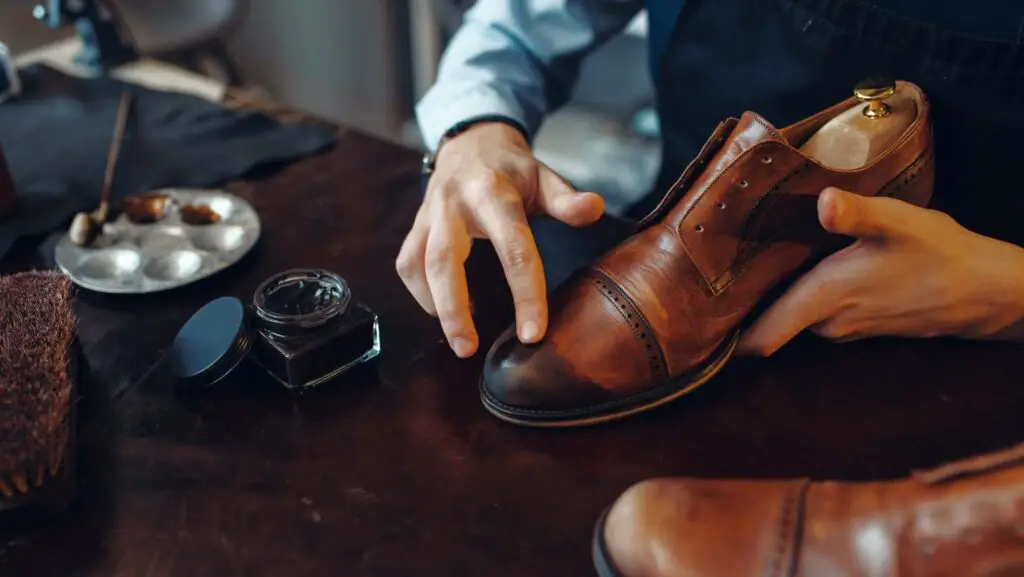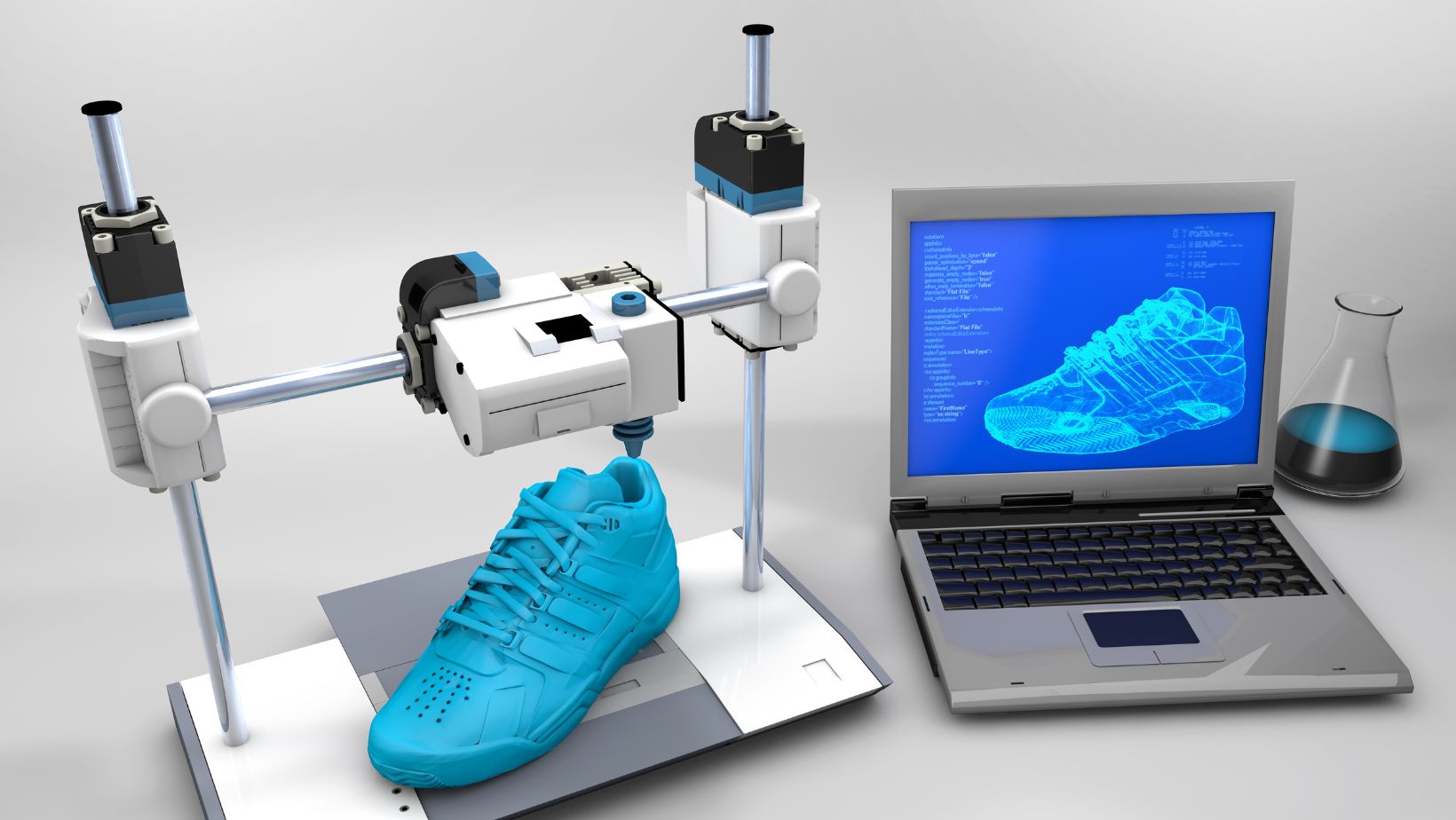Ever stared at your shoes and wondered, “how shoes are manufactured?” In this comprehensive guide, we’ll step foot into the fascinating world of shoe manufacturing. Get ready to journey from raw materials to the final lacing of your favourite pair!
Contents
Introduction
The manufacturing of shoes is a complex process that involves multiple stages. It’s an art that seamlessly merges aesthetics, comfort, and functionality. We’ll discuss the process in detail, answer some common queries, and explore the evolution of shoe manufacturing.
The History of Shoe Manufacturing
The production of footwear dates back thousands of years. Over time, techniques evolved, from hand-stitching leather sandals to the automation in creating modern sneakers. How did this evolution take place? Let’s find out.
From Caves to Factories
Shoe manufacturing began in ancient times with simple designs meant to protect feet from the environment. Today’s factories still have the same goal, but the methods, machinery, and materials are considerably more advanced.
Evolution of Manufacturing Techniques
From the simple cutting and stitching of leather pieces to using intricate machinery, shoe manufacturing has undergone a massive transformation. Technological advancements and the increasing demand for diverse styles have driven this change.

How Shoes are Manufactured?
Now that we’ve covered the backstory, it’s time to delve into the question: how are shoes manufactured? The process involves several stages, from designing to packaging.
Designing the Shoe
A shoe begins its journey in the design phase. Designers sketch ideas, considering the shoe’s purpose, aesthetics, and target audience. Prototypes are created and revised until the design is perfect.
Creating the Last
The ‘last’ is a 3D model of the foot used to shape the shoe. Lasts can be made of wood, plastic, or metal, essential for ensuring a comfortable fit.
Cutting and Stitching the Shoe Parts
The shoe’s upper and other parts are cut from leather or fabric, following patterns derived from the design phase. These parts are then stitched together.
Assembling the Shoe
Once the upper is prepared, it’s fitted onto the last to give it shape. Then the sole is attached. This process can be done by stitching, direct injection moulding, or adhesives.
Finishing Touches and Quality Control
The last is removed, and the shoe undergoes final touches, including adding laces and polishing. Each shoe is inspected for defects before packaging.
Materials Used in Shoe Manufacturing
The materials used in shoe production have come a long way from the early days of leather and wood. Today, various materials are used, depending on the type of shoe.
Natural Materials
Natural materials like leather, cotton, and rubber are still widely used in shoe manufacturing. These materials offer durability and comfort but have a higher price tag and environmental impact.
Synthetic Materials
Synthetic materials, such as plastics, synthetic leather, and foam, are commonly used for their cost-effectiveness and versatility. They also allow for more design options.
Technological Advancements in Materials
Advancements in technology have led to the development of innovative materials like breathable mesh, memory foam, and shock-absorbent materials, revolutionizing the comfort and functionality of shoes.
The Role of Machinery in Shoe Manufacturing
The development of machinery has streamlined shoe production, allowing for mass production and enhanced precision. Let’s look at how machines are utilized in the manufacturing process.
Cutting Machines
Cutting machines are used to cut shoe parts from materials. These machines ensure precision and allow for high-volume production.
Stitching Machines
Stitching machines sew the shoe parts together. Using machinery for this step has greatly improved the speed and consistency of stitching.
Moulding and Assembling Machines
These machines mould the shoe parts and assemble the upper and sole. They ensure the shoes are sturdy and have a uniform shape.
Environmental Impact and Sustainability in Shoe Manufacturing
Like many others, the shoe industry strives to minimize its environmental impact. Let’s dive into what’s being done to promote sustainability.
Sustainable Materials
Sustainable materials, such as recycled plastics, are becoming more common. These materials reduce the environmental impact of shoe production.
Eco-Friendly Manufacturing Processes
Manufacturers are implementing eco-friendly processes, such as water-less dyeing and energy-efficient machinery, to reduce the carbon footprint.
Recycling and End-of-Life Solutions
Companies are implementing shoe recycling programs and designing shoes for easy disassembly at the end of their life, promoting a circular economy.
FAQs
- How long does it take to manufacture a shoe? The time varies depending on the type and complexity of the shoe, but it typically takes between 2-10 hours to produce a pair.
- What is the most commonly used material in shoe manufacturing? Leather, synthetic leather, and various textiles are the most commonly used materials in shoe manufacturing.
- Is shoe manufacturing automated? Many parts of the shoe manufacturing process are automated, but some steps, particularly in high-end shoe production, still require skilled human labour.
- What is the ‘last’ in shoe manufacturing? The ‘last’ is a 3D model of the foot, used in the shoe manufacturing process to give the shoe its shape.
- Why are there different types of shoes? Different shoes are designed for various purposes, such as running, hiking, formal wear, etc. Each type has specific design features to suit its intended use.
- What are the environmental concerns associated with shoe manufacturing? Shoe manufacturing can have a significant environmental impact, including using non-renewable resources, pollution from the manufacturing process, and waste generation.
Conclusion
Understanding how shoes are manufactured gives us a new appreciation for the footwear we often take for granted. The process perfectly blends art, science, and technology, from design to final touches. Sustainable practices will play an even more crucial role in this fascinating process as we progress.

I am an accomplished footwear blogger with a keen eye for style and a passion for shoes. My deep-rooted love affair with footwear began at a young age when I would spend hours perusing shoe stores, admiring the intricate designs and imagining the stories they could tell.

